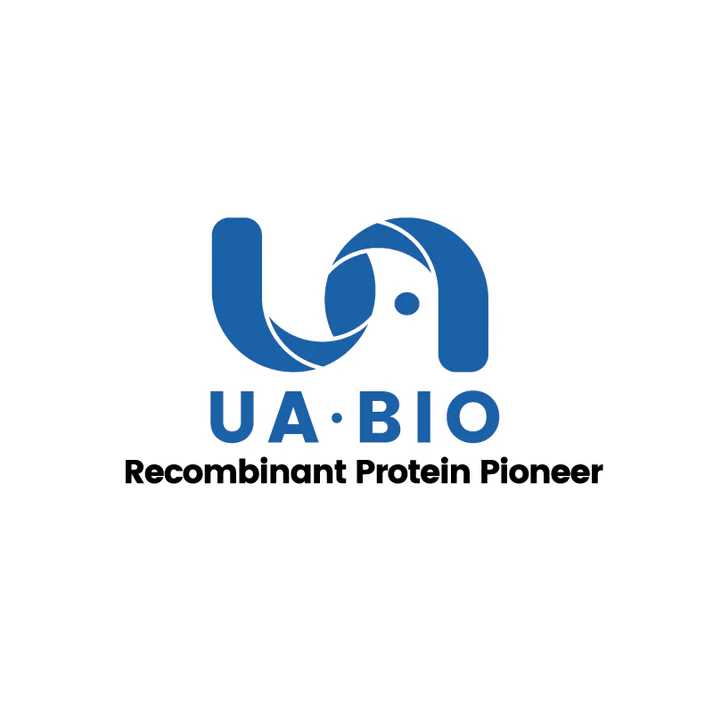Measured in a cell proliferation assay using Balb/c 3T3 mouse fibroblast cells. The EC50 for this effect is less than 0.1ng/ml.
Product Details
Product Details
Product Specification
| Species | Rat |
| Synonyms | Pro-epidermal growth factor, Epidermal growth factor, EGF |
| Accession | P07522 |
| Amino Acid Sequence | N974-R1026 |
| Expression System | E.coli |
| Molecular Weight | 6kDa |
| Purity | >95% by SDS-PAGE |
| Endotoxin | <0.1EU/μg |
| Conjugation | Unconjugated |
| Tag | No Tag |
| Physical Appearance | Lyophilized Powder |
| Storage Buffer | 20mM PB, 100mM NaCl, pH6.0 |
| Reconstitution | Reconstitute at 0.1-1 mg/ml according to the size in ultrapure water after rapid centrifugation. |
| Stability & Storage | · 12 months from date of receipt, lyophilized powder stored at -20 to -80℃. · 3 months, -20 to -80℃ under sterile conditions after reconstitution. · 1 week, 2 to 8℃ under sterile conditions after reconstitution. · Please avoid repeated freeze-thaw cycles. |
| Reference | 1.Int J Pancreatol. 1992 Aug;12(1):23-9. |
Background
Epidermal growth factor (EGF) has been localized in human salivary and Brunner's glands and found to stimulate the proliferation of gastrointestinal and pancreatic tissues in animals, is a single polypeptide of 53 amino acid residues which is involved in the regulation of cell proliferation. EGF exerts its effects in the target cells by binding to the plasma membrane located EGF receptor. And The EGF receptor is a transmembrane protein tyrosine kinase. EGF is also a peptide which effects the growth and/or differentiated functions of many cell types. Several pieces of evidence indicate that EGF and its receptor may play a role in carcinogenesis.
Picture
Picture
Bioactivity
SDS-PAGE
2μg (R: reducing condition, N: non-reducing condition).


